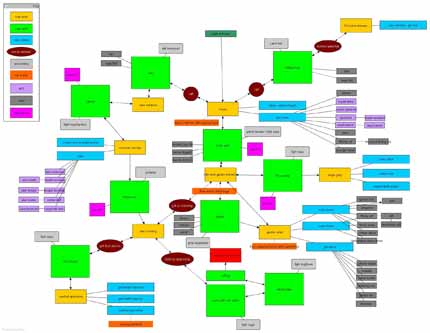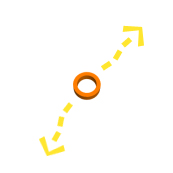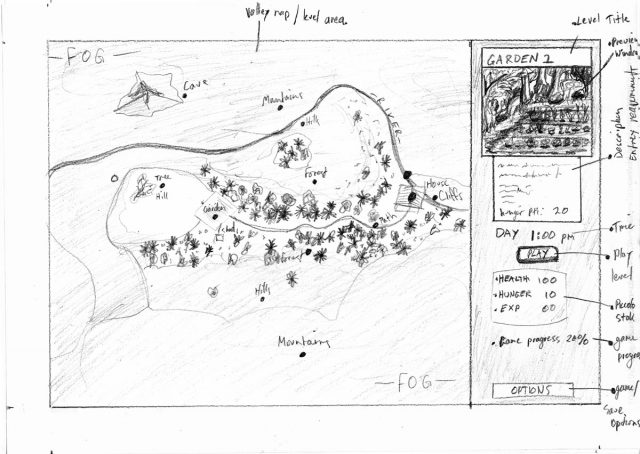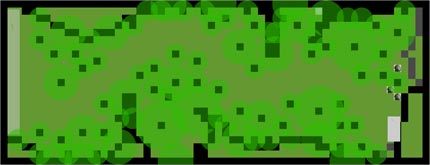Today I want to talk a bit about “Piccolo’s Adventure”. You’ve all probably heard of our short film “Sam and Piccolo”, which was finalised within the studio a while ago now, however, if you don’t know what I am talking about, check out the “Sam and Piccolo” trailer below:
Once the short film “Sam and Piccolo” was completed, Adam Walker (the director) wanted to put together unique “Sam and Piccolo” extras to go on the DVD release. One of these projects included the creation of an interactive game.

“Piccolo’s Adventure” came about while Adam Walker and my self were enjoying a delicious gourmet pizza at the local restaurant. Adam wanted a way to further immerse the viewer into the world of “Sam and Piccolo”, allowing them to visit various locations seen in the short film. After various light hearted discussions, we both agreed that the best way to convert this concept into an interesting experience was for the studio to design and develop a new application. After we sent our compliments to the chief, we departed and “Piccolo’s Adventure” begun.
During initial brainstorming, a lot of ideas where bounced around the room, discussing various topics from genre blending, key relationships to the short film, player control ideas, story and key game features which would help to make “Piccolos Adventure” enjoyable for the player.The main focus during the planning stage, was to create an environment for players to explore the world of “Sam and Piccolo” through the eyes of Piccolo and gain more insight into the locations found within the film. Some ideas for conveying this concept included mini games and interface levels were players could interact and gain knowledge about key areas and items Piccolo would visit and use during a typical day.

Navigation through the world of “Sam and Piccolo” would be achieved through the use of an over world or world map, containing location points which players would use to travel between levels.
Each key location on the world map is represented by a circular platform surrounded by arrows which are initially covered by fog. As players progressed between levels, Key location points would unlock and the world map would slowly reveal itself from underneath the fog.
These location platforms function as a means of representing a players travel progress over the world map, as well as level entry for both exterior(grid) levels and interior(UI) levels.
Exterior grid levels are where the main game play takes place, as it sees players controlling Piccolo in a aerial view across the levels where players can get piccolo to engage enemies in combat, find items and perform various tasks such as gardening and fishing.

Interior levels represent key location seen within the short film, such as the house and garden shed, and function as a menu interface, where players could view a rendered still of the location and interact and collect items. eg: The house location is where players start their adventure into the world of “Sam and Piccolo”, and while inside the house, they can perform several tasks such as sleeping, which would cause the game to progress to a new day, or collect items on display such as a lantern, which player would need to equip Piccolo with in order to explore any dark levels, such as caverns, they may come across.
After several key aspects of the design phase where researched, it was decided to do away with the mini games idea, and go with the use of interface levels and exterior grid levels, when the player completed a exterior grid level, they would come out to the world map view, where a world map indicator of piccolo marked the players location upon the world map. Players could than select an available key location to travel to, or, using the arrows on their active location, enter into other exterior levels.
Each time the player came out of an exterior level and to the world map, the fog covering the location they had traveled to would clear, until eventually all the fog would disappear.
After the main game concept was designed and processed into a design chart, planning for enemies, and levels began.
See part two for more information on design and planning of Piccolo’s Adventure.

